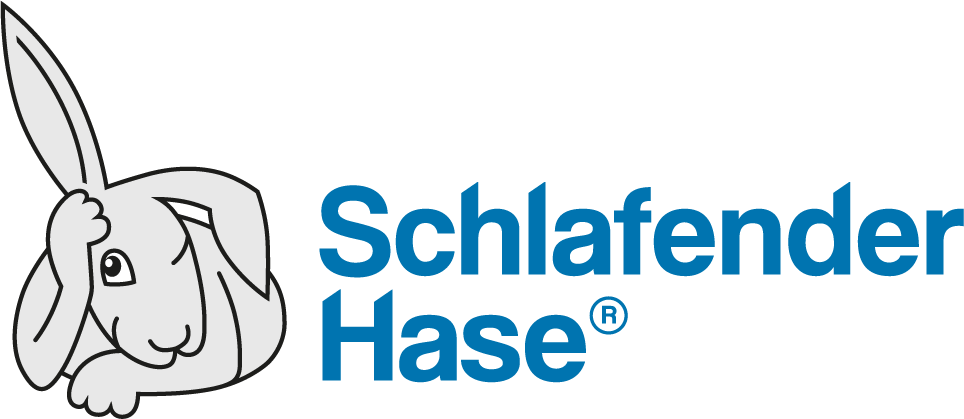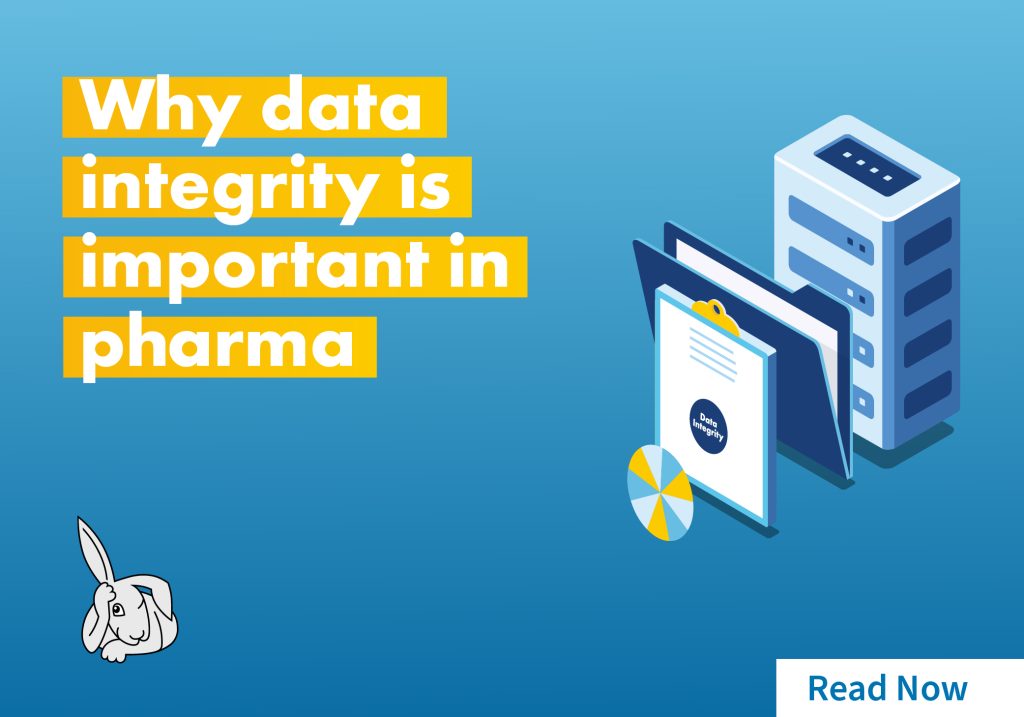Bringing a new drug or product to market is time-consuming and costly, and generally takes 10 years and costs over $1 billion. The smallest lapse in labeling and packaging can jeopardize even the most well-planned submission. A proofreading and comparison software can help you get there faster, safer.
Theoretical physicist Richard Feynman once said: “Time is what happens when nothing else does.” In the life sciences industry, time doesn’t just happen; it is of the essence. New products, new regulations, and, as we saw with COVID-19, new diseases to cure, alleviate or vaccinate against. Platform technologies can help speed up time-to-market (as we saw with mRNA vaccines against COVID-19).
In labeling and packaging, proofreading software allows us to proofread faster and more accurately, while streamlining workflows. Here’s how using a proofreading and comparison software for Regulated Industries can speed up time-to-market (and make sure your product stays there).
1. Ensure data integrity
Failure to adhere to ALCOA+, the fundamental set of principles for Data Integrity laid down by the FDA, can cause delays along the product chain. In the life sciences industry, a delay to market can result in significant financial losses for the company. It also leads to major stress for the regulatory affairs department as one of their key roles is to ensure that products get to market on time.
Proofreading and comparison software for regulated industries allows the verification of accuracy, consistency and completeness at a glance. It can compare documents for deviations in multiple formats.
2. Maintain document integrity
Converting documents brings the risk of introducing unwanted changes, such as: shifted layouts; skewed, converted or replaced fonts; dropped characters; or lost tables, images, highlights and comments. These changes may go unnoticed, undermining the integrity of the document itself. This leads to added time and costs to correct conversion errors and may even jeopardize safety and market approval.
A proofreading and comparison software that is truly built for regulatory industries should never convert documents before comparing them. It is imperative that it compares documents in their original formats. Because documents don’t need to be converted, common risks can be avoided
3. Implement a system to manage revision cycles
Revision cycles for labeling and packaging are a staple of any product launch, but also when changes occur in markets, regulations or companies themselves. For example, both Sanofi and GSK changed their logos in 2022. A year earlier, Pfizer had done the same. In all three cases, it meant revising all of the company’s content, a huge undertaking that falls on both Regulatory Affairs and Marketing.
Using proofreading and comparison software for Regulated Industries allows users to effortlessly compare the old content to the new content or the original manuscript to the final artwork to ensure that everything has been implemented properly. Easily imported custom dictionaries help to ensure product and brand names are correct, further increasing right-first-time accuracy of text and artwork, reducing the number of revision cycles.
4. Reduce the stress of reviewing foreign languages and Braille
The global nature of life sciences means labeling and packaging must often be managed for multiple countries, which leads to Regulatory Affairs managing content in multiple languages. Furthermore, Braille is an integral part of labeling and packaging for patients.
A proofreading and comparison software for Regulated Industries can help facilitate the review process required to ensure that content in all languages and Braille is error-free. The beauty of using a software is that you don’t need to speak the language; the tool will highlight any deviation from the approved document. We explain how this works in more details here.
5. Integrate workflows
Workflows today are digital, and this offers us many opportunities to achieve new levels of efficiency by streamlining. The challenge, however, is how to integrate in situations where, for instance, different corporate areas are using different systems in their own workflow silos. The solution is to use proofreading software that can be integrated cleanly with your digital information management systems such as Regulatory Information Management (RIM) systems, Product Lifecycle Management (PLM) systems, Laboratory Information Management systems (LIMs) or a Quality Management System (QMS).
The bottom line is greater efficiency resulting in time savings, optimized processes, lower costs, fewer errors, greater compliance and brand protection. That translates into products going to market faster.
6. Retain your skilled professionals
Regulatory Affairs (RA) professionals are highly trained professionals, so high employee turnover and the loss of talent costs in terms of time and resources, potentially slowing a product launch. Furthermore, the skills of RA professionals should be used in the best way possible. Manual proofreading is an example of the inefficient use of RA professionals’ training and skills. It’s stressful, time-consuming and has a high chance of errors. The time saved by using a proofreading and comparison software allows skills to be used to focus on getting products to market faster. And less stress and less repetition mean greater employee satisfaction.
7. Create an environment that values compliance and accountability
It goes without saying that compliance in life sciences is everything and must be everywhere; it is therefore also important to implement accountability within your team. With any given content piece being reviewed and passed from department to department, if a mistake is identified at a late stage, not only does this delay your time to market, but it can also be challenging to identify where the mistake happened and improve this for the next time.
If a proofreading and comparison software is used, a full audit trail of proofreading actions with an easy-to-read report is maintained and can be referred to at any point in the process. This creates transparency and greater accountability which lead to faster time-to-market.
8. Use a flexible solution that is suitable from R&D through to marketing and beyond
Imagine a cumbersome workflow in which one highly skilled proofreader specialises in finding errors in leaflets, another in summaries of product characteristics (SP/SmPC), yet another in clinical study reports (CSRs), and another in marketing leaflets. Now imagine a digital workflow in which proofreading software allows anyone – regardless of their specialisation or corporate department – to compare two documents in any format, on any subject, and in any information system to find deviations between the master document and, for instance, an artwork version in PDF format.
A proofreading and comparison software verifies text wherever it is needed and in whatever format: leaflets, labels, cartons, inserts, company core data sheets (CCDS), summaries of product characteristics, clinical research and marketing. And that means getting your product faster to market.
We hope these tips have been useful. To help get your products to market faster, we offer TVT, the proofreading and comparison software for Regulated Industries. TVT reduces the amount of time you need to proofread, while increasing accuracy and speed to market. So regardless of whether you’re updating information for a product already on the market or releasing a new product, we can show you how it makes your life easier.






